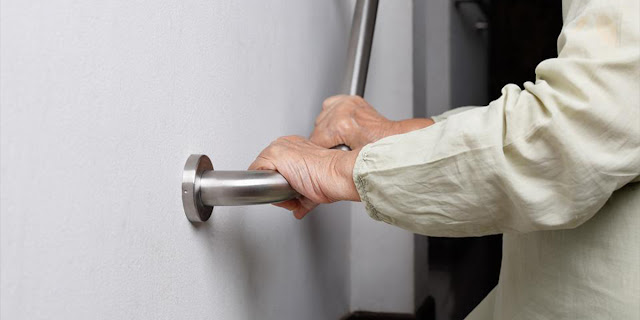Common Workplace Injuries and How to Prevent Them
World First Aid Day is marked annually on the second Saturday in September; this year, September 10 occurs on that date. The goal of World First Aid Day is to "highlight the value of first aid procedures in ensuring safety and improving the quality of care." First aid is a "humanitarian deed" that should be available to everyone, according to the International Federation of Red Cross and Red Crescent Societies (IFRC), which established the day in 2000. The IFRC also exhorts individuals to acquire fundamental first aid knowledge since volunteers and communities that practice first aid can save lives "without discrimination."
The National Safety Council estimates that an employee experiences an occupational injury every seven seconds. Workplace accidents have an impact on the person as well as their coworkers and company. However, there are measures that businesses can take to help prevent these most frequent workplace accidents.
Overexertion
Even the most physically fit workers can push themselves too far. Overexertion, which includes mishaps caused by pulling, lifting, pushing, gripping, transferring, and throwing, is one of the top 10 most common causes for hip pain injuries in the workplace. To prevent employees from going overboard, establish necessary break periods and encourage personnel to keep a tight eye on one another. A mentoring program could be beneficial in situations where there is extreme heat, snow, or other elements that impose additional pressure on the body.
Falls
The second and third-most frequent work-related injuries, respectively, are slips and falls from heights. Workers must wear the appropriate personal protective equipment, and employers must construct handrails and other fall-prevention measures. A few of the tips to reduce falls are employees might use non-slip carpets in wet floor locations to minimize slips and trips. Labeling the locations where heights, smooth surfaces, and litter are probable to provoke problems is helpful for both risks.
Striking objects
In warehouses and other buildings with story-high storage, falling objects are a prevalent cause of head injuries. Secure storage is the first step in avoiding these risks, but employers should also utilize signage and require the usage of protective gear in locations with plenty of waste.
Similar to this, job sites with floors covered in furniture, cabinets, and densely packed storage items frequently see head, elbow, neck, and foot accidents. Again, keeping a tidy workplace and safely storing your belongings is the greatest protection strategy.
Stress
Even among office workers, repeated motions rank as the ninth most common cause of on-the-job injuries, which may come as a shock to you. Excessive typing, scanning, and other computer-related duties might cause later-life arthritis, visual issues, and muscle strains. Employees can avoid these problems with proper ergonomic assistance and vitamin d supplements, but possibly more crucial are regular breaks.
How to respond to injuries?
When the inevitable occurs and anyone gets wounded, you must act quickly to help the employee, report the incident, and take precautions to avoid it occurring afterward. Use the fundamental first-aid tool to guide you through each phase, note each incident, and spot patterns to stay organized. You can ensure long-term improvements to both the safety of your employees and the financial health of your business by monitoring the health trends on each of your job sites.
To help you be safer, think about the following advice:
- By providing frequent safety updates and employee safety training, you can spread the word about safety awareness and education.
- Install the right lighting to produce a well-lit, visible workplace that will make it simpler for your team to identify and avoid any threats.
- Clearly mark dangerous places and potential dangers including obstructions, leaks, toxic materials, or other threats with sufficient signs to communicate safety hazards.
- When accidents occur, rapidly contain them, and always keep cleanup supplies nearby in your workspace.
- Make sure there aren't any spills or impediments by often checking and providing employees with a diet for strong bones and good health.
- To stop your staff from breathing in pollutants or other substances, install adequate ventilation.
- Ensure that people wear the appropriate clothing, such as hard hats and slip-resistant shoes, to prevent accidents.




Comments
Post a Comment